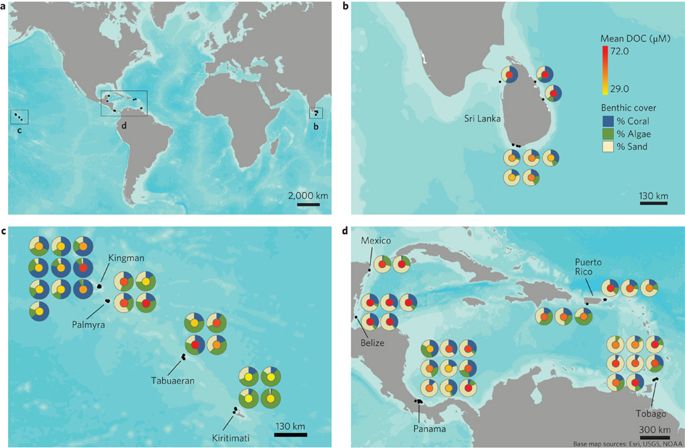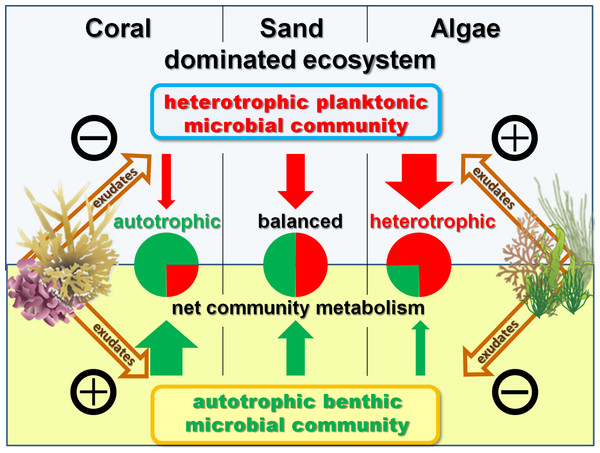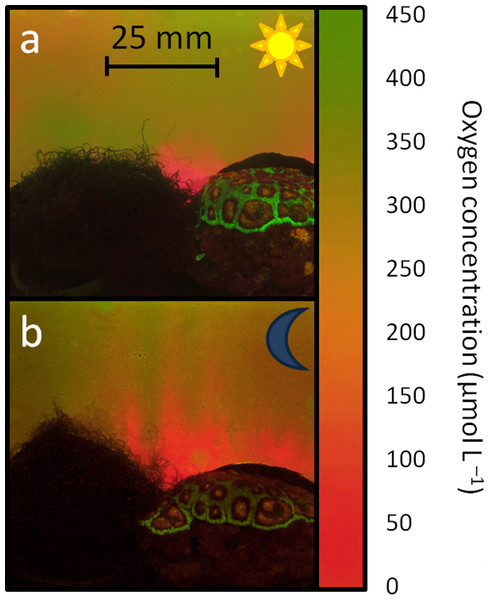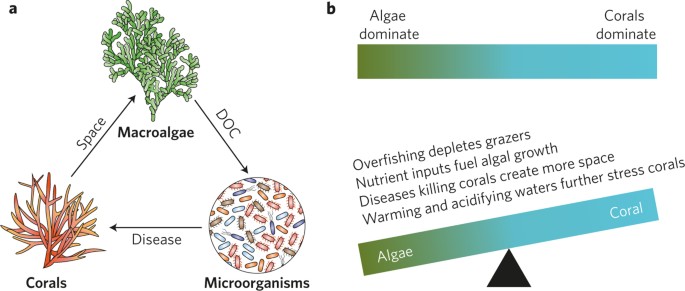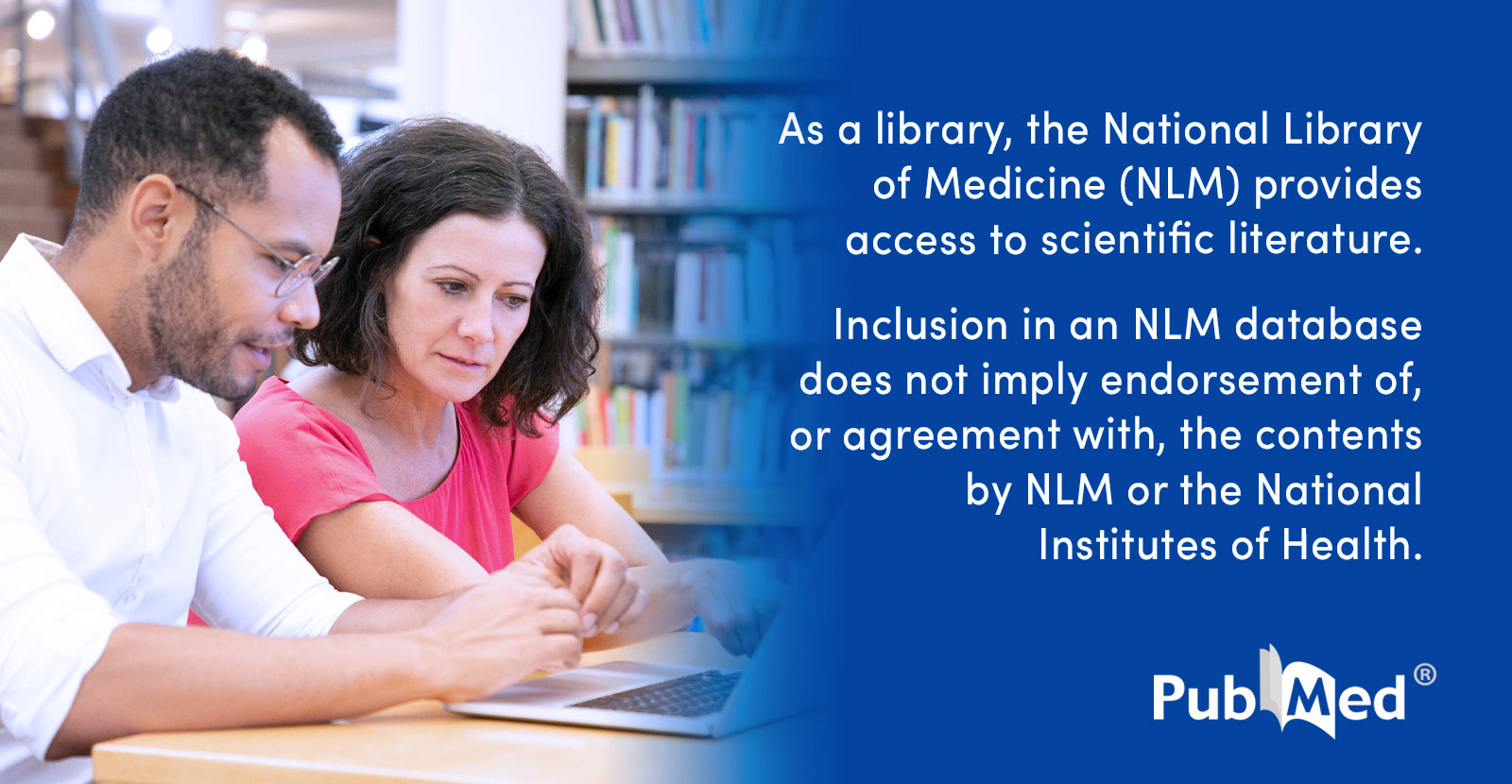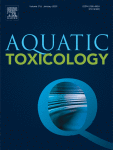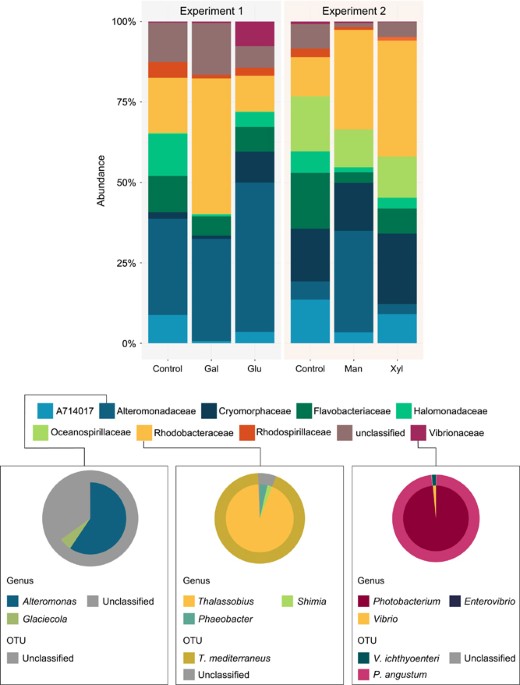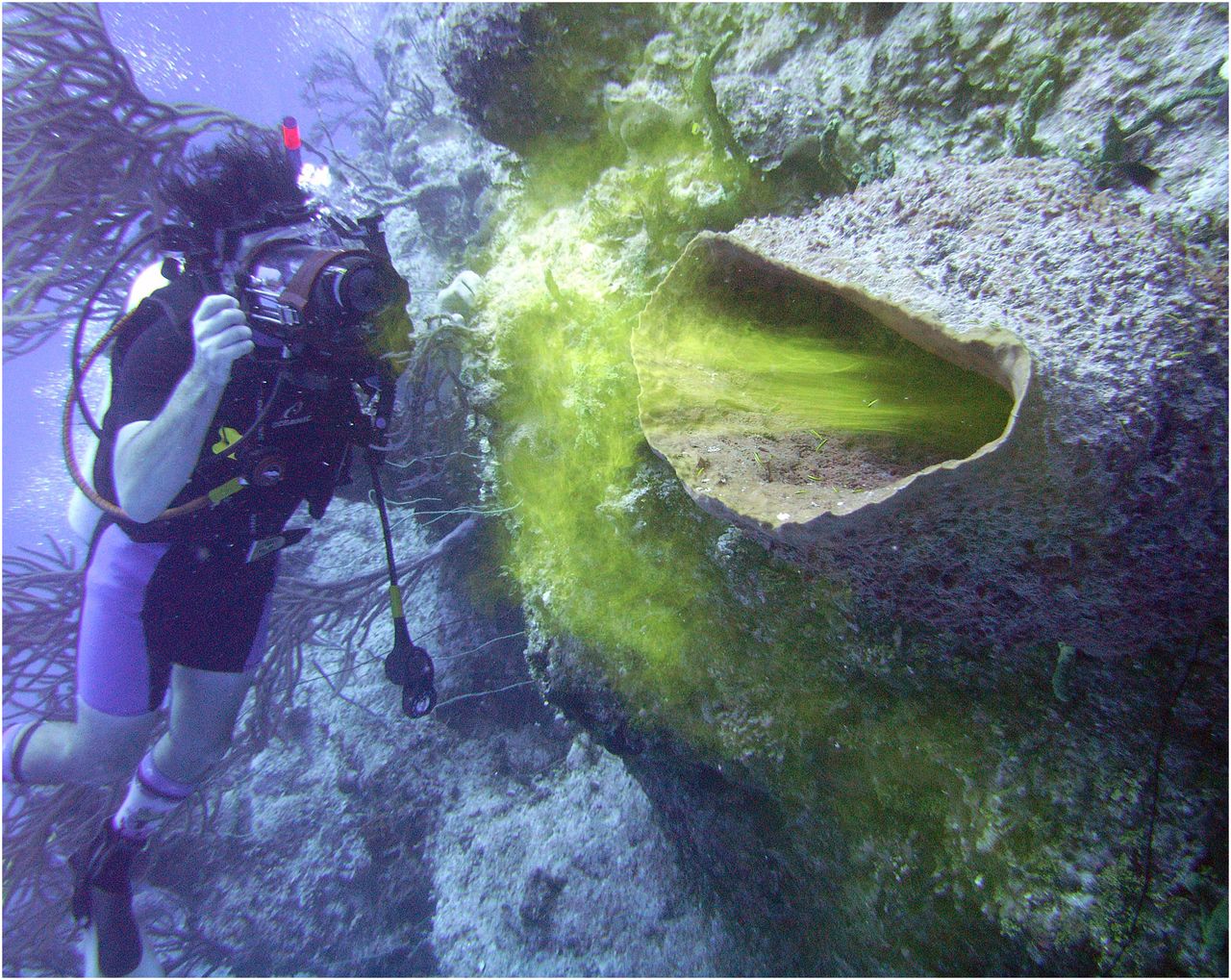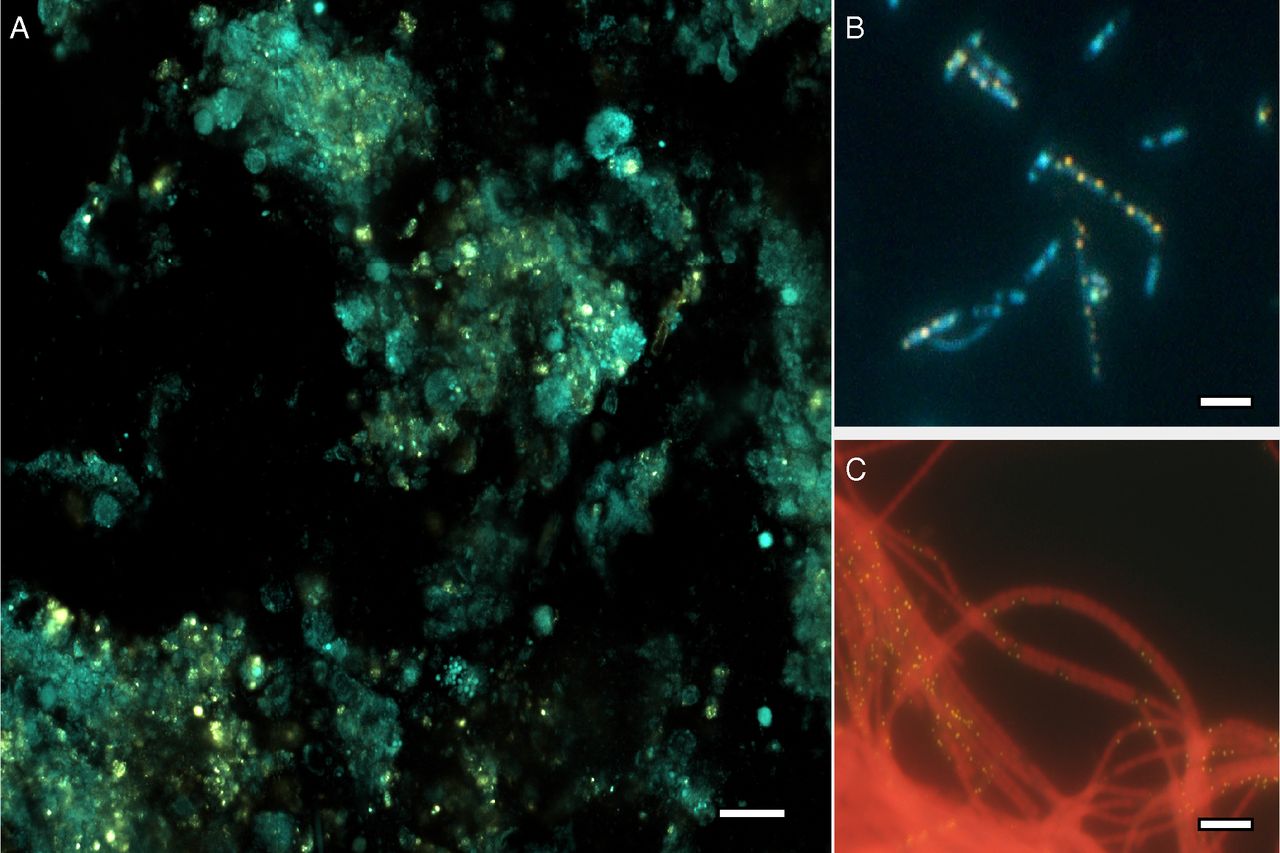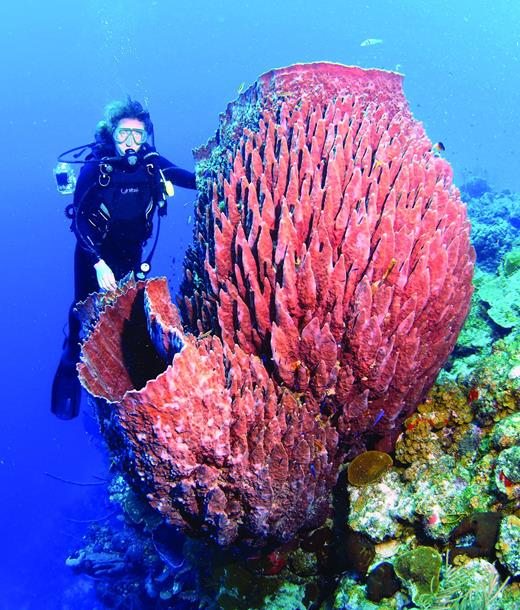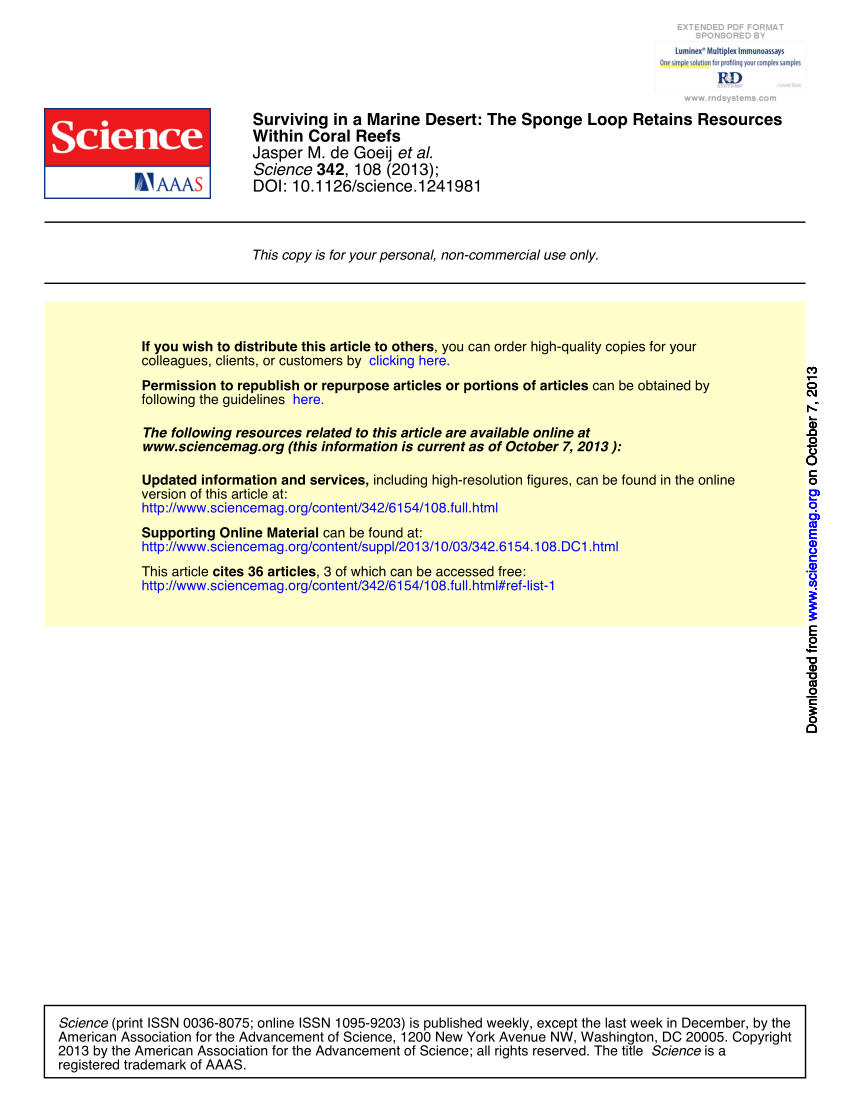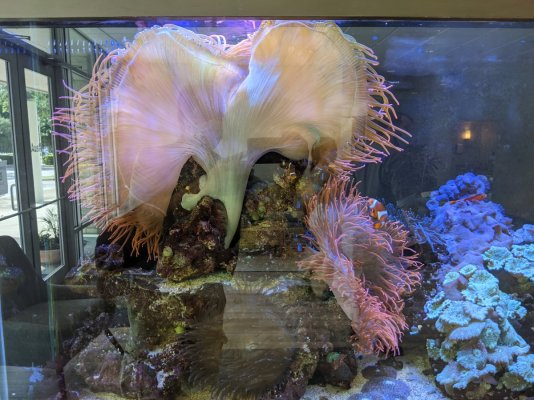Hey guys,
I would like to build a new aquarium - approx. 150l hosting only anemones with maybe a few simple softies, a few shirmps, crabs and clownfish.
Filtration:
Hang of filter with biomedia
A little of activated carbon
A few macroalgae in the display tank
I wonder how much macro and micro would be consumed in such system without stony corals. I would like to avoid doing any water changes and maybe just replenish some of the chemicals from time to time (based on ICP test done once per a few months). I would just test NO3 and PO4 on a frequent basis to see if lack of skimmer isn't disturbing anything and maybe involve a very weak carbon dosing to stimulate the biology.
What do you think?
I would like to build a new aquarium - approx. 150l hosting only anemones with maybe a few simple softies, a few shirmps, crabs and clownfish.
Filtration:
Hang of filter with biomedia
A little of activated carbon
A few macroalgae in the display tank
I wonder how much macro and micro would be consumed in such system without stony corals. I would like to avoid doing any water changes and maybe just replenish some of the chemicals from time to time (based on ICP test done once per a few months). I would just test NO3 and PO4 on a frequent basis to see if lack of skimmer isn't disturbing anything and maybe involve a very weak carbon dosing to stimulate the biology.
What do you think?





